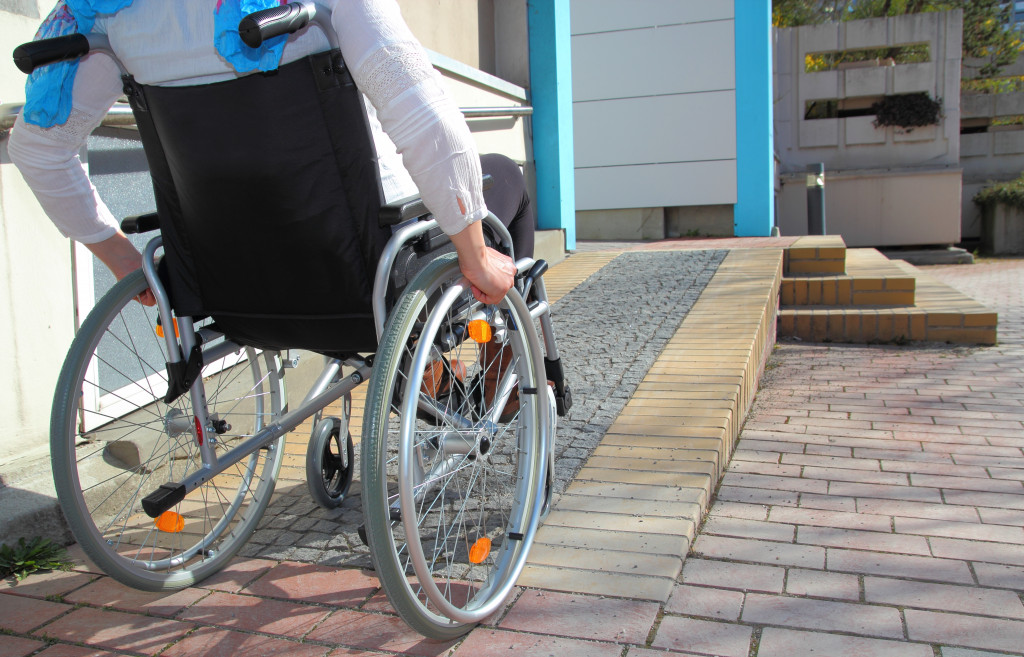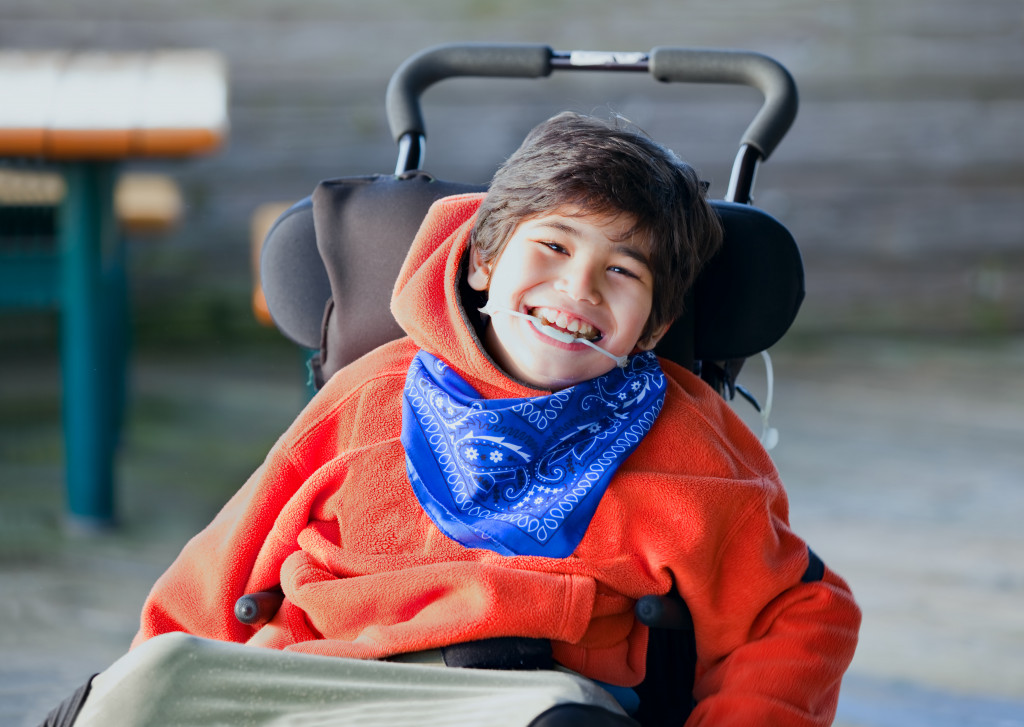- You can eliminate potential risks by removing loose wires, unstable furniture, and sharp objects.
- Keep your home clean and organized by employing the help of an NDIS-approved cleaning service provider.
- Install monitoring and alert systems to ensure your child’s security and invest in caregiver training.
- Stay up to date on technology advancements and make necessary home modifications to promote safety.
- Modifications may include installing ramps, handrails, wheelchair lifts, non-skid rugs, grab bars and window locks.
As parents of special needs children, one of our top priorities is to maximize their safety and security. We want our home to be a sanctuary where they can thrive and be at ease. However, achieving this level of safety and security can be daunting for many parents.
Home safety modifications can be expensive, time-consuming, and it can be challenging to know where to begin. If you’re feeling overwhelmed, you’re not alone. In this blog, you will learn essential tips that will help you create a safe and secure home environment for your special needs child.
Identify and eliminate high-risk areas.
The first step is to review your home environment for potential risks and hazards. Check for loose wires, unstable furniture, and sharp objects like knives and scissors. Eliminate unnecessary clutter around your home to minimize the risk of falls.
Ensure that any potentially harmful chemicals or medications are stored out of reach of children. Install safety latches on cabinets in the kitchen and bathroom to ensure that they remain closed. Eliminating potential risks is an essential step in any safety planning.
Keep your home clean and organized.
A clean and orderly home is important in creating a safe and secure environment for your special needs child. Create an easy-to-follow routine to ensure that all areas of the house are kept clean regularly. Developing these habits will help keep your home safer and reduce stress.
Or better yet, employ the help of an NDIS-approved cleaning service provider. They’re similar to the usual cleaning service provider, but they’re backed by the National Disability Insurance Scheme (NDIS). They’re equipped with the knowledge and skills to clean and organize your home, ensuring it is free from any safety risks. With their experience in working with persons with disabilities, they can be a great asset in keeping your home safe and secure for your special needs child.
Install monitoring and alert systems.

Special needs children may wander and risk getting lost or hurt. Consider installing monitoring and alert systems around your home to ensure their safety. Door alarms and motion sensors can alert you when your child is on the move.
Additionally, GPS-enabled tracking devices can be invaluable if your child goes missing. You can also set up a video monitoring system to monitor your child’s activities and movements.
Ensure that caregivers are trained and aware.
If you have a caregiver helping with your special needs child, ensure they are well-trained and aware of your child’s needs. Ensure they know the house layout, where medications and emergency equipment are kept, and understand any communication difficulties your child has. Investing in caregiver training can pay dividends in the long run, increasing your child’s safety and happiness.
Stay up to date on technology advancements.
Stay up to date on new technological advances that can improve your child’s safety and security. Consider purchasing wearable tech devices equipped with GPS trackers that can monitor your child’s location and vitals. Keep an eye out for new developments in home automation technology that can help automate certain routines and give you more time to focus on other aspects of care.
Make home modifications that promote safety.

If your child has mobility or communication difficulties, make sure that your home is adjusted to meet their needs. Here are examples of modifications you can make in your home to ensure your special needs child’s safety:
Install ramps, handrails, and wheelchair lifts.
Installing ramps, handrails, and wheelchair lifts will make it easier for your child to navigate around the house.
Use non-skid rugs and carpets.
Non-skid rugs and carpets can help prevent slips and falls, making movement around the house more secure.
Install grab bars in the bathroom.
Grab bars are essential safety equipment that can help your special needs child with standing, walking, and sitting.
Fit window locks to windows on higher levels.
Window locks can help keep your child safe by preventing them from accessing windows on higher levels.
By making a few home modifications that promote safety for your special needs child, you can create a safe and secure environment for them to thrive.
Creating a safe and secure home environment for your special needs child is essential to their well-being. By following the tips outlined in this blog, you can make sure that your home is free from potential risks and hazards.
Identify high-risk areas, keep your home clean and organized, install monitoring systems, ensure caregivers are trained properly, stay updated on technology advancements, and make necessary home modifications. These steps will help you create an optimal living space for your special needs child. With the right safety measures, they can enjoy a happy life at home with peace of mind.




